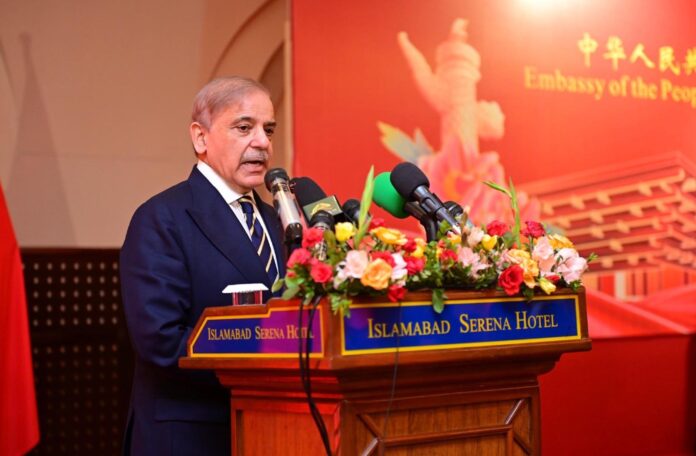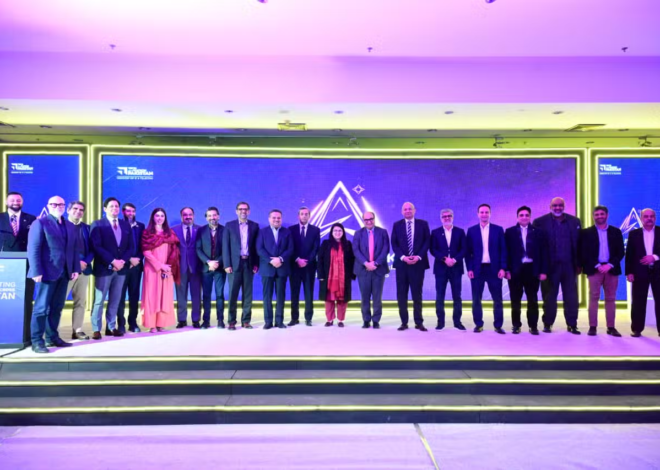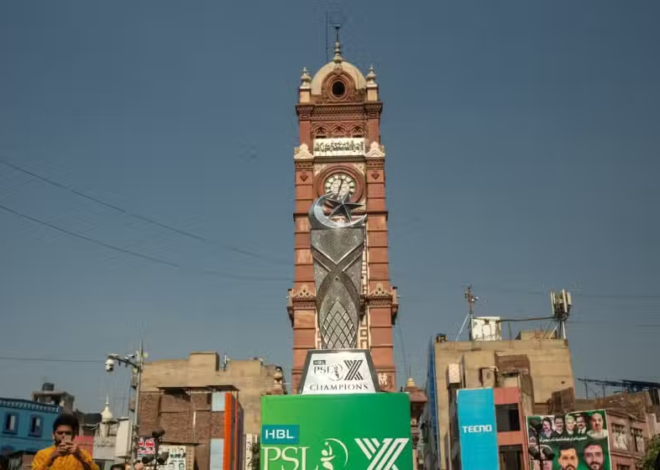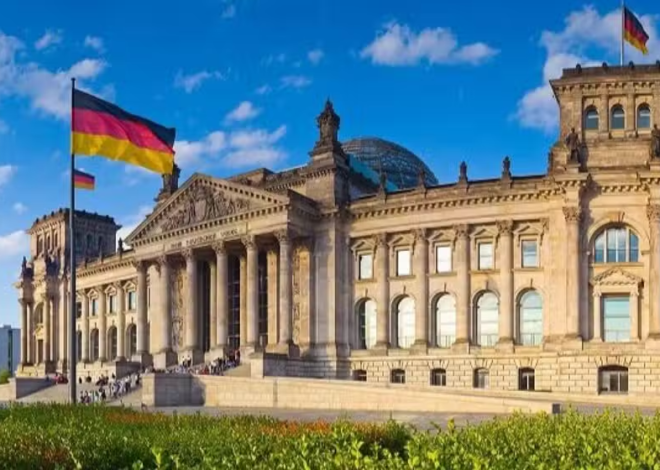
CPEC Phase-2 to Transform Pakistan’s Economy, Says PM Shehbaz Sharif
Prime Minister Shehbaz Sharif has emphasized that the second phase of the China-Pakistan Economic Corridor (CPEC) will be a turning point for Pakistan’s economy. In a recent statement, the premier highlighted the transformative potential of the project, which aims to bring about significant infrastructure development, energy projects, and industrial growth.
Key Aspects of CPEC Phase-II
CPEC Phase-II is expected to focus heavily on industrialization, technology transfer, and the expansion of Special Economic Zones (SEZs) across Pakistan. The project, a joint effort between China and Pakistan, will create thousands of jobs, attract foreign investment, and boost exports. Key sectors such as energy, logistics, and manufacturing will receive much-needed attention to accelerate the country’s economic growth.
Economic Benefits for Pakistan
PM Shehbaz Sharif has outlined the economic benefits that CPEC will bring, particularly in addressing Pakistan’s energy crisis and improving infrastructure. The creation of SEZs will attract investors and foster a business-friendly environment, which in turn will help Pakistan increase its export capacity. Additionally, new energy projects under CPEC will alleviate the ongoing electricity shortages that have long hindered the country’s industrial output.
Challenges and Opportunities
While the potential benefits are vast, CPEC Phase-II also presents challenges. Geopolitical tensions, environmental concerns, and the need for effective governance are all factors that could influence the success of the initiative. However, PM Shehbaz remains optimistic, stating that CPEC’s second phase will “transform Pakistan’s economy,” positioning it as a regional hub for trade and industrial activity.







